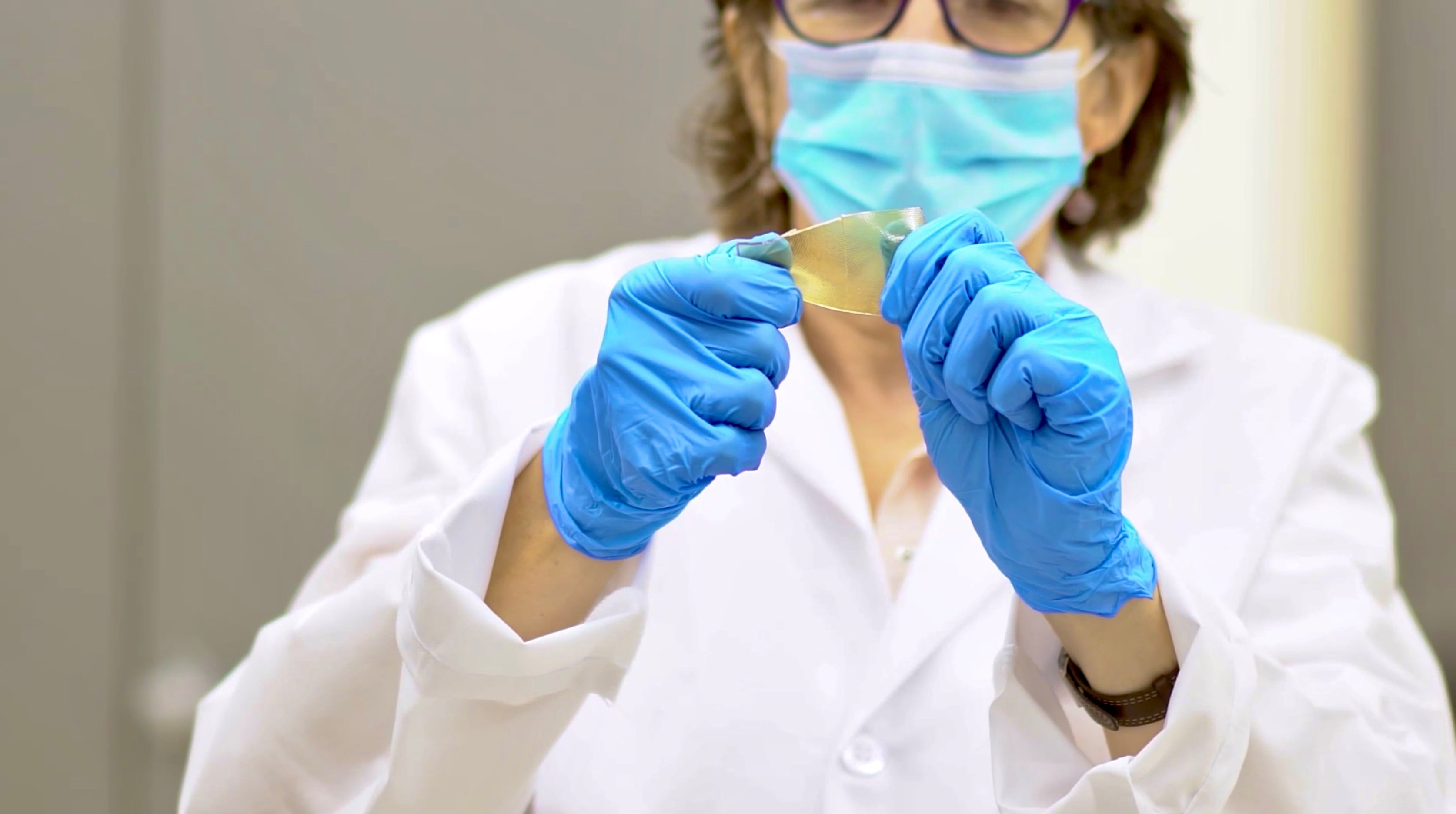Recently published research by Army scientists could one day lead to transparent vehicle armor, essentially made from materials you could buy at Home Depot.
Dr. Kevin Masser explained to Army Times that the research found new ways to employ — with minor adjustments — common polymers, the kind used to make face shields, safety glasses, even those plastic barriers now ubiquitous at checkout counters.
No, the scientists aren’t out to produce no-see-um tanks a la Wonder Woman’s invisible jet. But with just a few tweaks, researchers were able to increase the material’s ballistic performance by more than 400 percent, which could have profound significance for future combat vehicles.
While the material isn’t ready to slap on the side of an Abrams tank tomorrow, the techniques that Masser and his fellow scientists have discovered could lead to incredibly resilient materials derived from commonly manufactured items.
RELATED

And they’re transparent, something steel just can’t can’t give you.
“Glass-like optical clarity can be maintained at every composition we investigated,” Masser said. “We now have a more fundamental insight on how the length of cross-linking units influences high-rate impact performance of polymer networks.”
Masser, a materials scientist at the Army Research Lab, under the Combat Capabilities Development Command, explained that the “glass transition” appears in a variety of structures, from the glass in windows to plastic sheeting and even table sugar.

Much of their work is detailed in a paper published in the June issue of the Journal of Applied Polymer Science. Masser’s co-authors were Dr. Joshua A. Orlicki, Eugene Napadensky, Terrence Taylor and Doug Harris.
What his team is doing at this early stage of laboratory research is much like what an experimental chef does in a kitchen — making incremental adjustments to find new “recipes.”
So, much like how you don’t want to confuse sugar and salt in a cake recipe, Masser and colleagues are sifting through the levels, methods and ingredients for how polymers get put together to see what comes out the other end and make it stronger.
They then hand those recipes over to others for further testing and development.
Which means that the materials may be a few years away from fielding to a deploying unit. But the discoveries they’ve made are applicable across a wide range of categories.

Even if the current polymers they’re manipulating don’t prove out for field use, the process they’ve put together could be used for other purposes, he said.
The next steps for this test include integrating the materials into armor packages to evaluate them for environmental durability and impact performance.
Todd South has written about crime, courts, government and the military for multiple publications since 2004 and was named a 2014 Pulitzer finalist for a co-written project on witness intimidation. Todd is a Marine veteran of the Iraq War.




